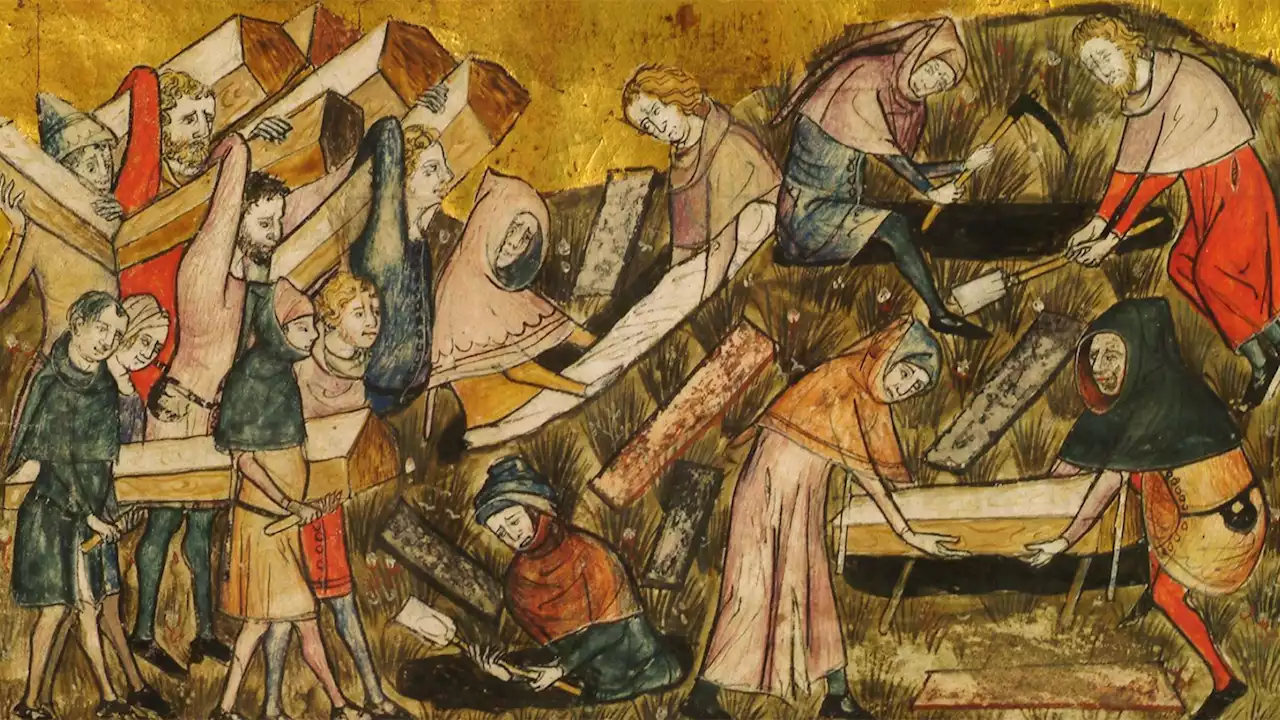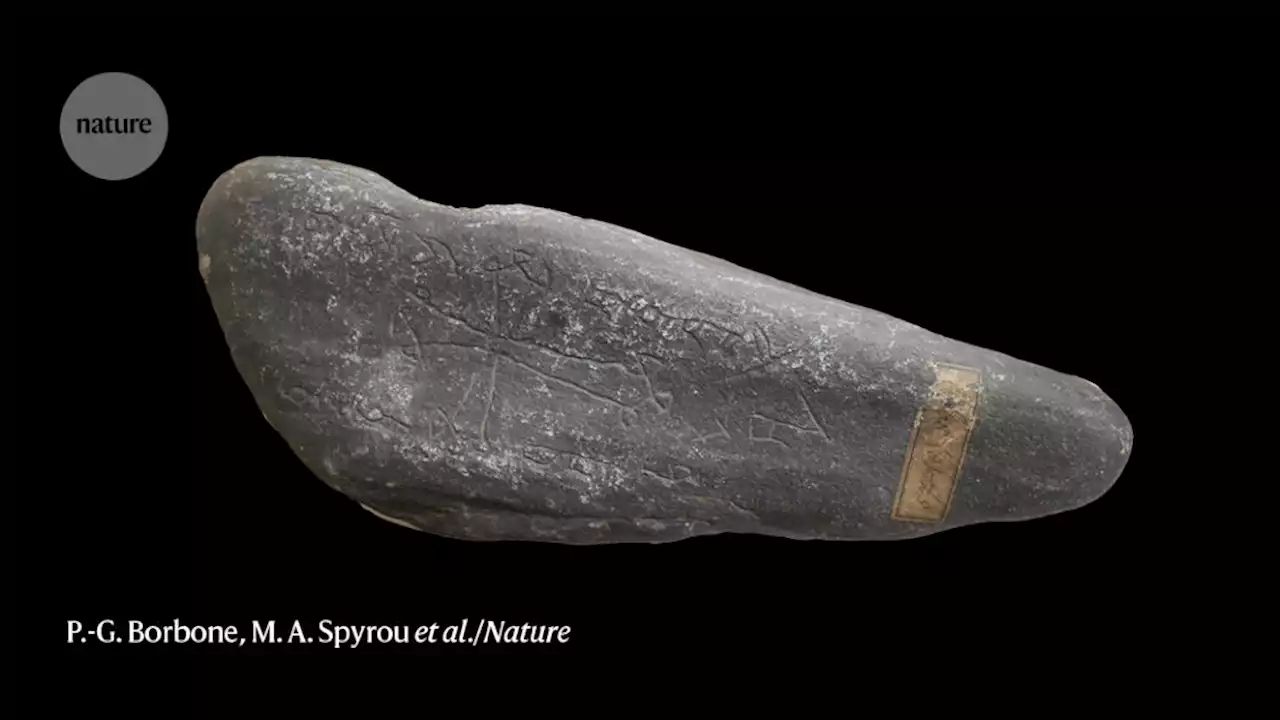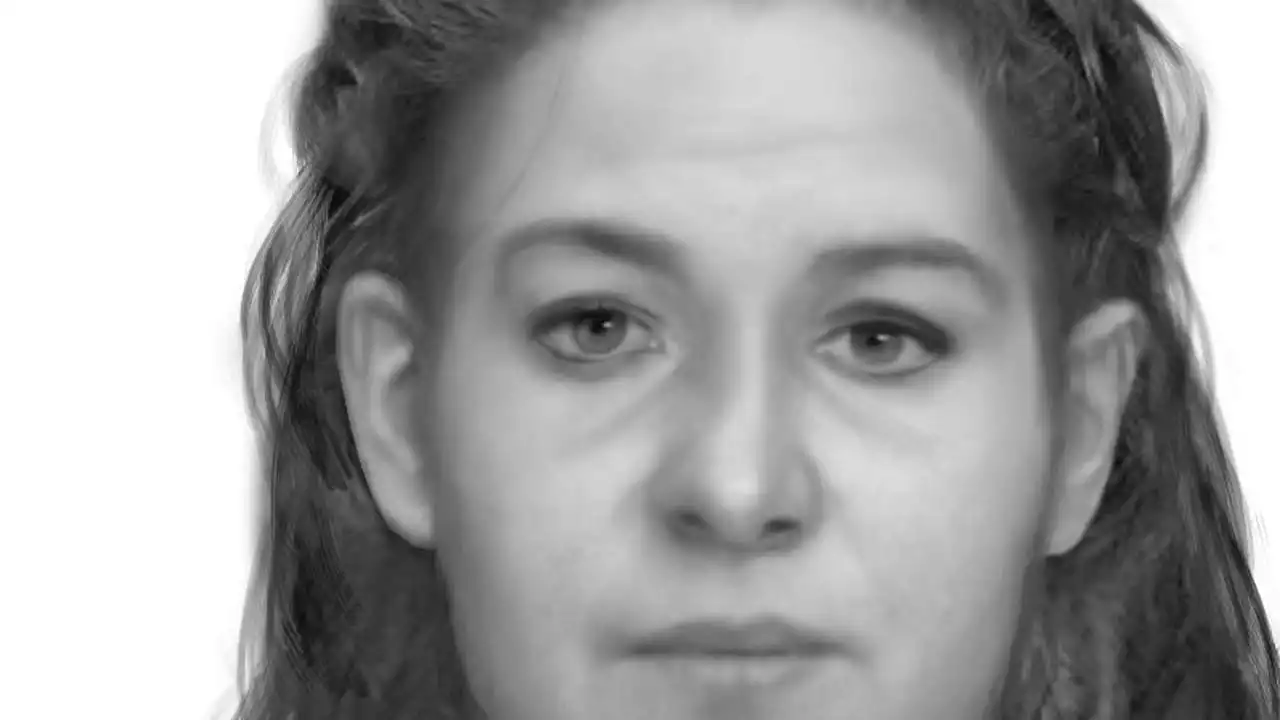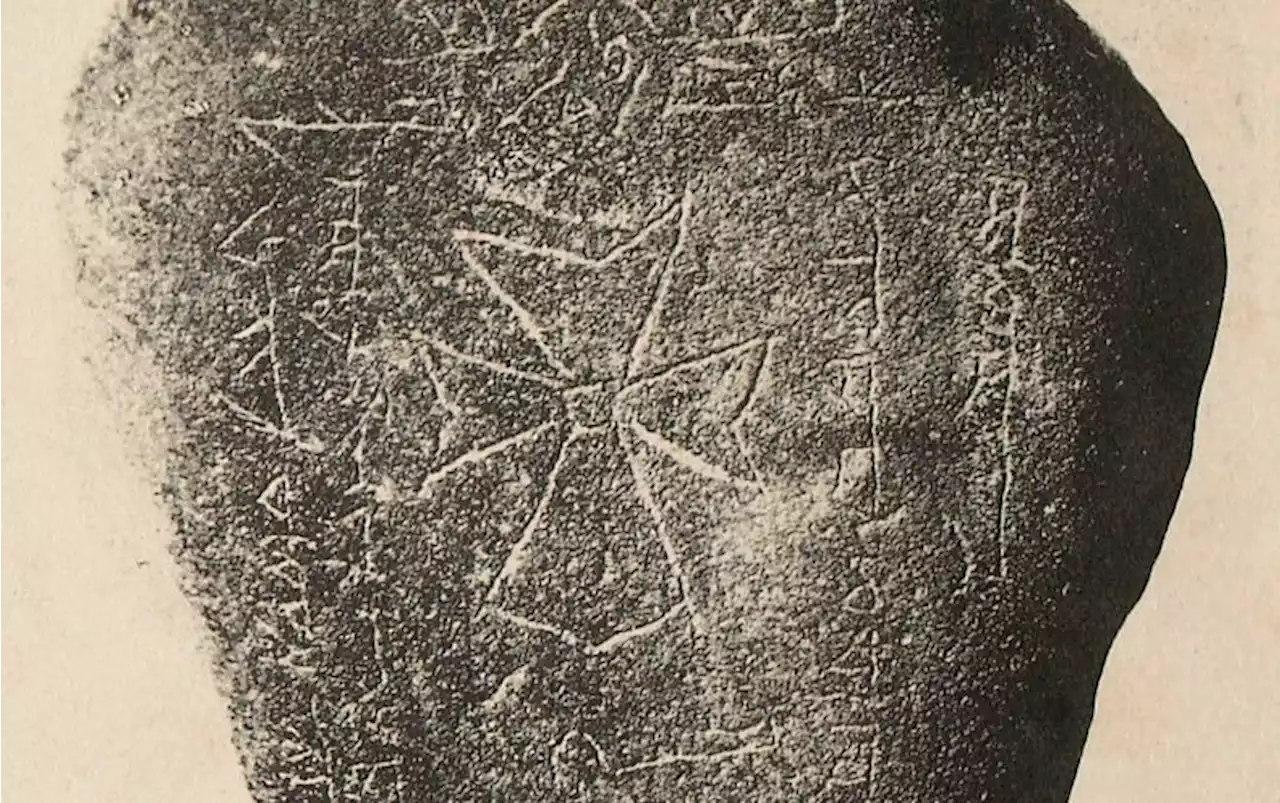A medieval cemetery yields DNA evidence of the deadly pandemic bacterium’s Central Asian ancestor
In 1338 or 1339 “Bačaq, a faithful woman” in her 40s who stood just four feet, eight inches, died and was buried in the Kara-Djigach cemetery, about seven miles outside Bishkek, the capital of what is now Kyrgyzstan. Her tombstone was inscribed in Syriac, an Aramaic dialect. She was one of 114 people buried there during those two years—who accounted for one quarter of all the cemetery’s burials while it was in operation from 1245 to 1345.
The study analyzed the teeth of five women and two men whom archaeologist Nikolay Pantusov exhumed in the late 19th century from the cemetery in Kara-Djigach and another in the village of Burana, about 35 miles east. Their skulls had been stored in the Peter the Great Museum of Anthropology and Ethnography in Saint Petersburg, Russia.
Because the newly recovered strain resembles modern ones found in animals in the region, Spyrou and her colleagues suggest it originated in the nearby Tian Shan mountain region on the border of Kyrgyzstan and China, when the bacterium jumped from rodent hosts—likely marmots—to humans.
United States Latest News, United States Headlines
Similar News:You can also read news stories similar to this one that we have collected from other news sources.
 Ancient bacterial DNA hints Europe’s Black Death started in Central AsiaArchaeological and genetic data pin the origins of Europe’s 1346–1353 bubonic plague to a bacterial strain found in graves in Asia from the 1330s.
Ancient bacterial DNA hints Europe’s Black Death started in Central AsiaArchaeological and genetic data pin the origins of Europe’s 1346–1353 bubonic plague to a bacterial strain found in graves in Asia from the 1330s.
Read more »
 Ancient DNA solves mystery over origin of medieval Black DeathAncient DNA from bubonic plague victims buried in cemeteries on the old Silk Road trade route in Central Asia has helped solve an enduring mystery, pinpointing an area in northern Kyrgyzstan as the launching point for the Black Death that killed tens of millions of people in the mid-14th century.
Ancient DNA solves mystery over origin of medieval Black DeathAncient DNA from bubonic plague victims buried in cemeteries on the old Silk Road trade route in Central Asia has helped solve an enduring mystery, pinpointing an area in northern Kyrgyzstan as the launching point for the Black Death that killed tens of millions of people in the mid-14th century.
Read more »
 Ancient DNA traces origin of Black DeathGenomes show that plague-causing bacteria found in Kyrgyzstan graves are direct ancestors of those that triggered the medieval pandemic.
Ancient DNA traces origin of Black DeathGenomes show that plague-causing bacteria found in Kyrgyzstan graves are direct ancestors of those that triggered the medieval pandemic.
Read more »
 Unsolved Jane Doe murder case reopened using rootless hair DNAIn 1985, a woman was found shot and killed in a field in Newark. To this day, no one knows who she is. Rootless hair DNA and drawings developed from pictures of her skull may provide the leads to help crack the case and ultimately find the killer.
Unsolved Jane Doe murder case reopened using rootless hair DNAIn 1985, a woman was found shot and killed in a field in Newark. To this day, no one knows who she is. Rootless hair DNA and drawings developed from pictures of her skull may provide the leads to help crack the case and ultimately find the killer.
Read more »
 Ancient DNA traces origin of Black DeathGenomes show that plague-causing bacteria found in Kyrgyzstan graves are direct ancestors of those that triggered the medieval pandemic.
Ancient DNA traces origin of Black DeathGenomes show that plague-causing bacteria found in Kyrgyzstan graves are direct ancestors of those that triggered the medieval pandemic.
Read more »
 Ancient DNA solves mystery over origin of medieval Black DeathAncient DNA from bubonic plague victims buried in cemeteries on the old Silk Road trade route in Central Asia has helped solve an enduring mystery, pinpointing an area in northern Kyrgyzstan as the launching point for the Black Death that killed tens of millions of people in the mid-14th century.
Ancient DNA solves mystery over origin of medieval Black DeathAncient DNA from bubonic plague victims buried in cemeteries on the old Silk Road trade route in Central Asia has helped solve an enduring mystery, pinpointing an area in northern Kyrgyzstan as the launching point for the Black Death that killed tens of millions of people in the mid-14th century.
Read more »
